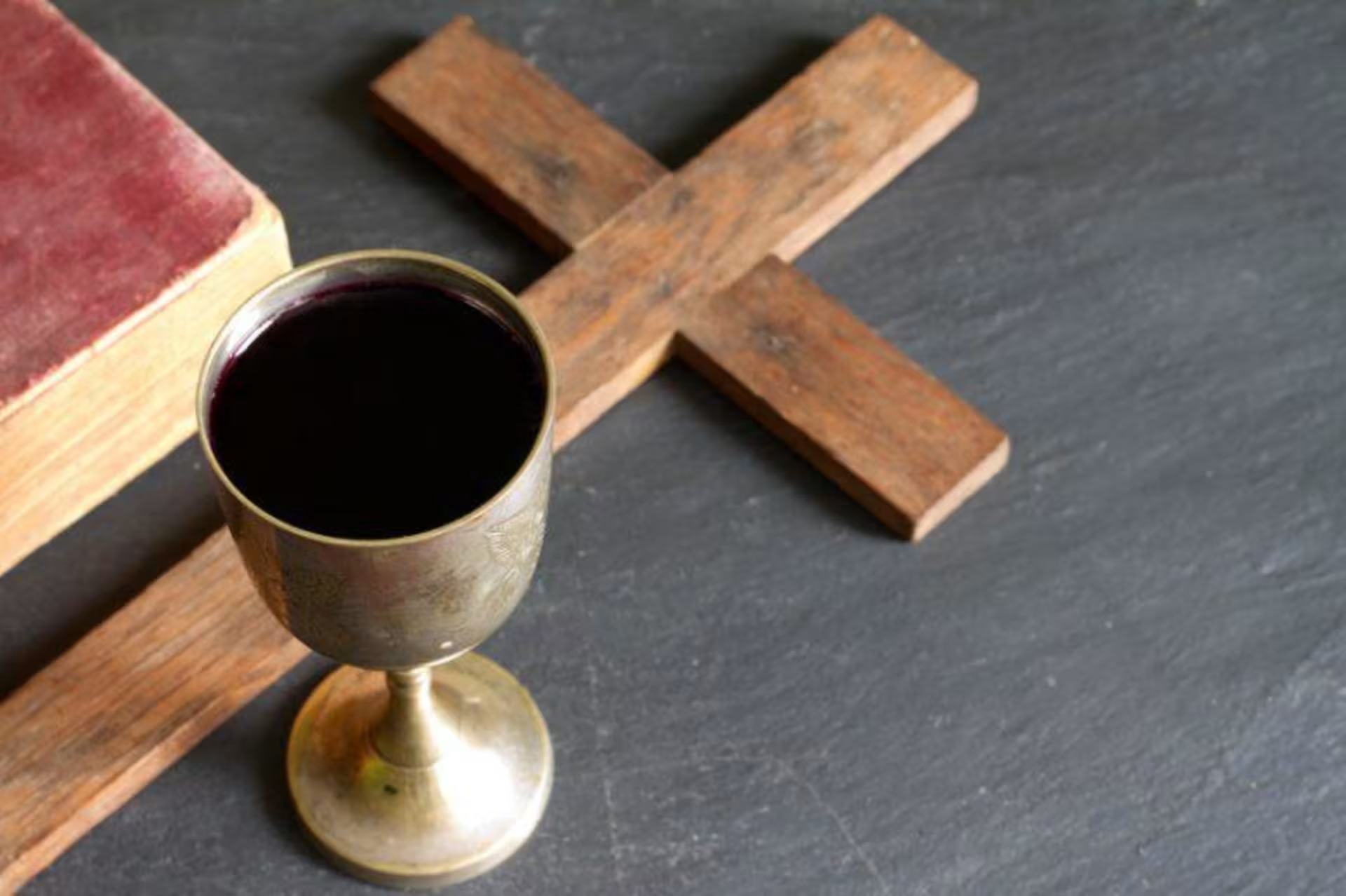Speak with a University Counselor today.
The views and opinions expressed in this article are those of the author’s and do not necessarily reflect the official policy or position of Grand Canyon University. Any sources cited were accurate as of the publish date.

Yesterday was the Jewish holy day, Yom Kippur, the Day of Atonement. Yom Kippur was the high point of the ritual calendar, coming at the end of the 10-day observance of the Jewish New Year (Rosh Hashanah) when the High Priest would enter the most holy place of the Temple, the Holy of Holies, to make sacrifices atoning for his sins and the sins of the entire nation of Israel.
While sacrifices for individual sins (known and unknown) were offered at the Temple throughout the year, the Temple, the priesthood and the people would inevitably be tainted by the sins unaccounted for by these sacrifices and rituals. Yom Kippur was the annual day where the Temple, the priesthood and the people would cleansed, having all sins covered. A kind of fresh start! This was the only day where the High Priest would enter the Holy of Holies.
The ritual (described in Leviticus 16) would include the sacrifice of a bull and two goats. The bull and the first goat would be used to cleanse the Temple and the priest from the contamination of sin. The second goat was the Scapegoat. This enigmatic ritual included the confession of Israel’s sin upon the Scapegoat, which was released into the wilderness, symbolically carrying with it Israel’s sin.
To the modern reader, these rituals seem strange and barbaric. The mentality and the worldview represented in such practices are so foreign to our own sensibilities, which avoid notions of guilt, sin, the need for atonement and have no experience with animal sacrifice. They are antiquated and out of date, and we—the enlightened modern man or woman—can be thankful we do not need to participate in such things.
The New Testament does teach that these rituals have come to their end, but it is not because sin and the need for atonement have been written out of the story. Rather, it is because God has set forth a final and complete sacrifice in Christ. The New Testament describes the Temple, the priesthood and the sacrificial system in various ways as pointing forward as shadows, copies or patterns of a reality that was still to come. They themselves could not atone for sin but pointed forward in hope to something (or someone) who could.
The Book of Hebrews gives a detailed explanation why (see especially chapters 6-9 for Yom Kippur). Jesus, the son of God, has stepped forward as both perfect priest and perfect sacrifice to make final atonement for sin, and in Christ, we have access to the most holy place where God’s presence and glory dwells. Because the reality—for which all these sacrifices pointed—has arrived, they have come to their intended and expected end.
As Hebrews says, “For Christ has entered, not into holy places made with hands, which are copies of the true things, but into heaven itself, now to appear in the presence of God on our behalf” (Hebrews 9:24). Therefore, as it continues, “let us draw near with true heart in the full assurance of faith with our hearts sprinkled clean from an evil conscience” (Hebrews 10:22).
To learn more information about earning a degree from GCU, visit our website or use the request more information button at the top of the page.